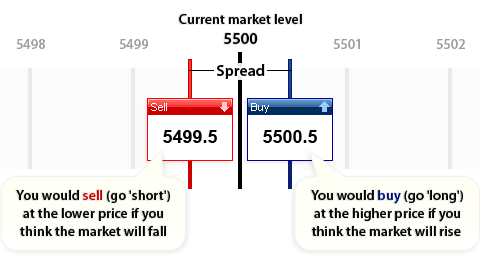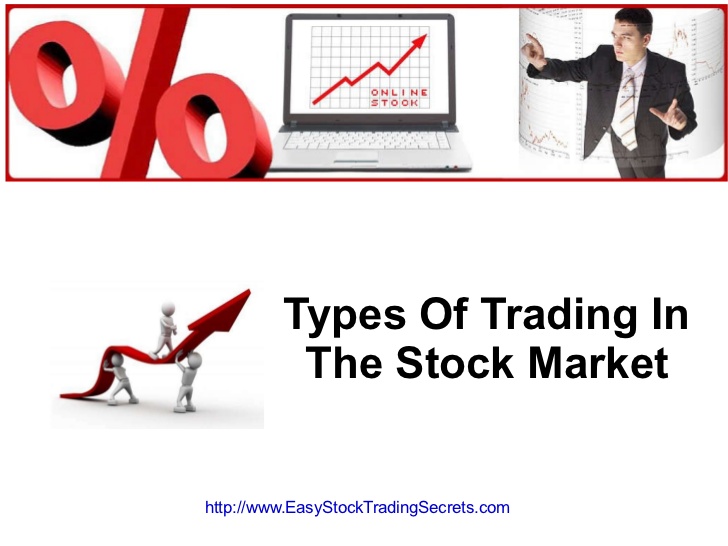While gross profit is more useful in identifying whether a product is profitable, contribution margin can be used to determine when a company will breakeven or how well it will be able to cover fixed costs. Net sales is calculated the same for contribution margin as gross margin. Often, a company’s cost of goods sold will be comprised of variable costs and fixed costs. Variable costs are only expenses incurred in proportion of manufacturing; for example, manufacturing one additional unit will result in a little bit of materials expense, labor expense, and overhead expenses. Therefore, the unit contribution margin (selling price per unit minus variable costs per unit) is $3.05.
- As mentioned above, contribution margin refers to the difference between sales revenue and variable costs of producing goods or services.
- That is, it refers to the additional money that your business generates after deducting the variable costs of manufacturing your products.
- Put more simply, a contribution margin tells you how much money every extra sale contributes to your total profits after hitting a specific profitability point.
- This means that 90% of the total sales revenue from each unit sold is available to cover fixed costs.
Contribution margin is a measure of the profitability of each individual product that a business sells. Alternatively, the company can also try finding ways to improve revenues. For example, they can increase advertising to reach more customers, or they can simply increase the costs of their products.
Get instant access to video lessons taught by experienced investment bankers. Learn financial statement modeling, DCF, M&A, LBO, Comps and Excel shortcuts. For instance, in Year 0, we use the following formula to arrive at $60.00 per unit.
Business owners, finance teams, and accountants may rely on contribution margins to make a variety of business decisions. For example, companies can determine which products are profitable and which should be discontinued by understanding the contribution margins for each product line. Also, this margin is an important factor in price setting — the contribution margin needs to be high enough to cover fixed expenses and ideally high enough to generate profits.
Furthermore, sales revenue can be categorized into gross and net sales revenue. Fixed costs are the costs that do not change https://intuit-payroll.org/ with the change in the level of output. In other words, fixed costs are not dependent on your business’s productivity.
Interpreting the Results
Further, it also helps in determining profit generated through selling your products. If you were to manufacture 100 new cups, your total variable cost would be $200. However, you have to remember that you need the $20,000 machine to make all those cups as well. A business has a negative contribution margin when variable expenses are more than net sales revenue.
Overall, contribution margin is a useful tool for investors who want to get a full picture of how profitable a company is and how it handles costs. As a company becomes strategic about the customers it serves and products it sells, it must analyze its profit in different ways. Gross margin encompasses all costs of a specific product, while contribution margin encompasses only the variable costs of a good.
Formula for Contribution Margin
We note below a variety of situations in which it can be employed to enhance the financial position of a business. The contribution margin can be used to quickly see the number of units a firm needs to produce and sell in order to break even. The break-even point (BEP) is when a business recoups the cost of offering that product or service. Suppose you’re tasked with calculating the contribution margin ratio of a company’s product. The formula to calculate the contribution margin ratio (or CM ratio) is as follows.
In addition, it can be used to compute how much a business needs to sell to reach a break-even point. Contribution Margin is important for businesses because it shows how well they are turning sales into profits. It helps with setting prices, analyzing product mixes, and keeping costs down generally. It’s easier to cover both variable and fixed costs when the Contribution Margin is higher, which helps the total profitability.
Contribution Margin Ratio: Definition, Formula, and Example
Such an analysis would help you to undertake better decisions regarding where and how to sell your products. Consider its name — the contribution margin is how much the sale of a particular product or service contributes to your company’s overall profitability. Using the provided data above, we can calculate the price per unit by dividing the total product revenue by the number of products sold. On the other hand, the gross margin metric is a profitability measure that is inclusive of all products and services offered by the company. For a quick example to illustrate the concept, suppose there is an e-commerce retailer selling t-shirts online for $25.00 with variable costs of $10.00 per unit. The calculation of the metric is relatively straightforward, as the formula consists of revenue minus variable costs.
Unit Contribution Margin vs. Total Contribution Margin
Gross margin is the percent of each sale that is residual and left over after cost of goods sold is considered. The former is often stated as a whole number, while the latter is usually a percentage. For example, consider a soap manufacturer that previously paid $0.50 per bar for packaging. Should the company enter into an agreement to pay $500 for all packaging for all bars manufactured this month. Gross margin would report both types of costs the same (include it in its calculation), while contribution margin would consider these costs differently.
What is a good contribution margin ratio?
With its help, you can determine the profitability of selling a particular product, as well as the degree to which profits will change with a sudden increase or decrease in sales. Contribution Margin refers to the amount of money remaining to cover the fixed cost of your business. That is, it refers to the additional money that your business generates after deducting the variable costs of manufacturing your products. You may need to use the contribution margin formula for your company’s net income statements, net sales or net profit sheets, gross margin, cash flow, and other financial statements or financial ratios. Cost accountants, FP&A analysts, and the company’s management team should use the contribution margin formula.
You can use the contribution margin calculator using either actual units sold or the projected units to be sold. In the Dobson Books Company example, the contribution margin for selling $200,000 worth of books was $120,000. This means the higher the contribution, the more is what does capitalize mean in accounting the increase in profit or reduction of loss. In other words, your contribution margin increases with the sale of each of your products. Once you calculate your contribution margin, you can determine whether one product or another is ultimately better for your bottom line.






